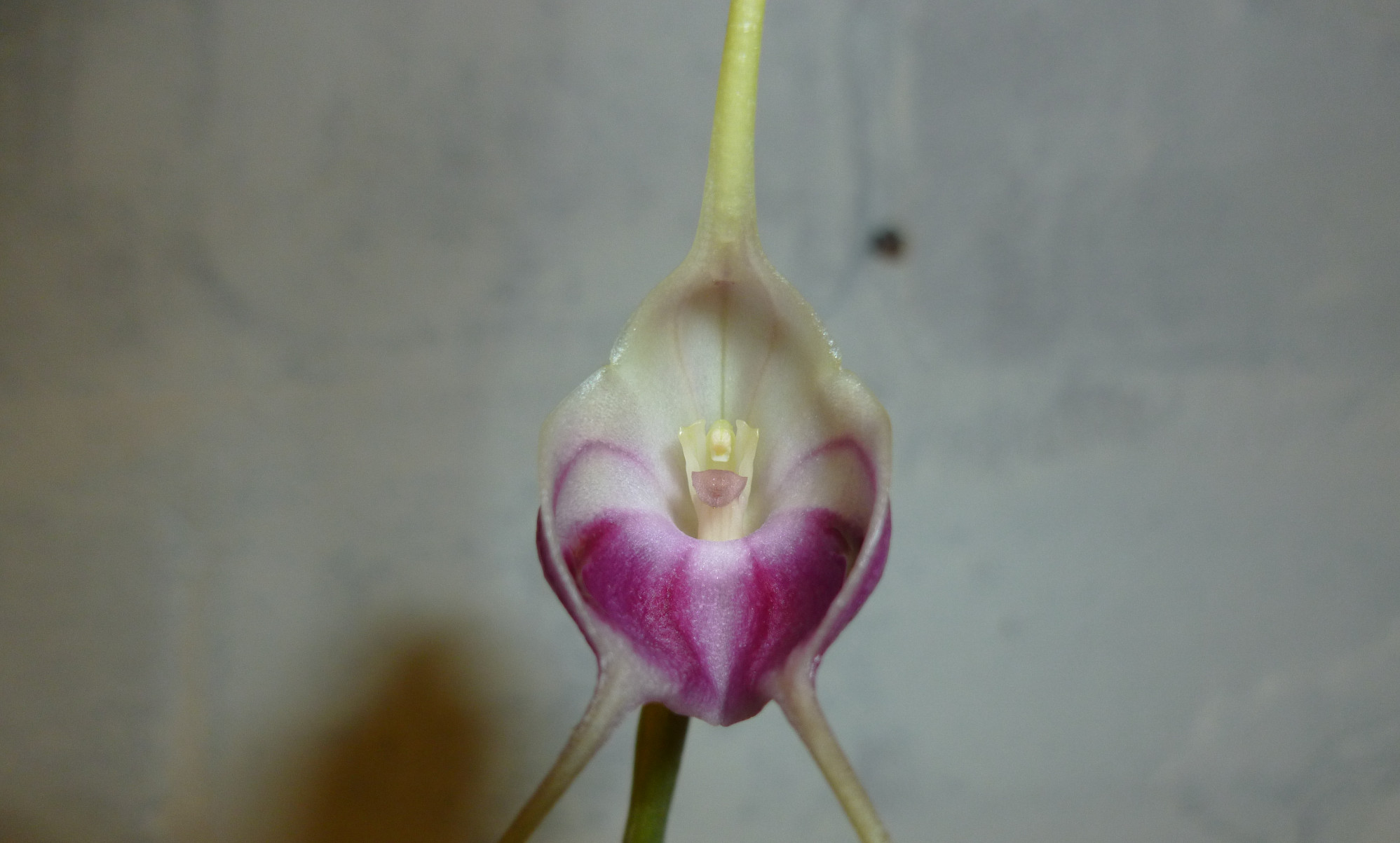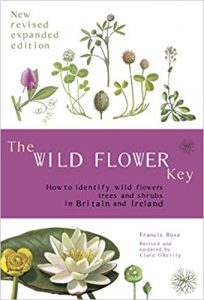
Keying is something I’ve been doing with varying degrees of success since beginning to learn about British flora – I now have The ‘Rose’ Wild Flower Key, the Stace (4th Edition) Flora of the British Isles and the Poland Vegetative Key. The Rose has been my most successful ‘go to’ although I do also really like the Veg key for the multitude of things that never seem to be in flower when I want to know what they are!
The Stace is a new addition – certainly it steps the complexity up a notch but also the range of possibilities for keying.
As a test and to get better at this I decided to really really really work on keying out something correctly from a known flower – in this case a primrose (from my garden but also native).
So using Rose;
Master Key.
1.Plants with flowers present – 2
2.Plants with the individual flowers of varied size, but each possessing a separate and clearly visible flower stalk of its own. – 5
5.Individual flowers (not an umbel) – 6
6.Green leaved plants – 7
7.Flowers regular with petals spreading out from centre in star, cup, bell and all equal. -8
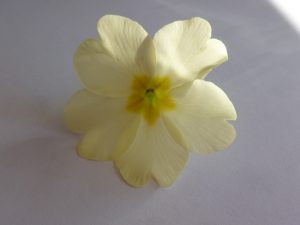
8. Leaves alternate or opposite or in basel rosette (Primrose is). – 9
9. Flowers with perianth comprising of disting calyx and corolla – 10. First real hit of botanic language, basically are the sepals and petals distinct from each other.
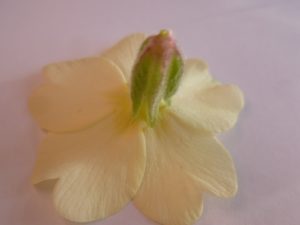
10.Flowers with petals joined forming corolla tube (tube of petals). -13 This can be tricky but removing the sepals shows this more clearly.
13.Flowers with ovary superior (this one ALWAYS trips me up) – J
Key J
1. Petals joined in obvious tube – 3
3. Stamens as many as, or fewer than corolla-lobes – 5 In both cases its 5 – stamens and lobes
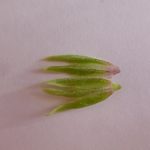
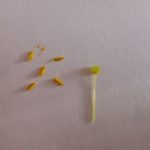
5. Ovary not divided into 4 lobes – 6
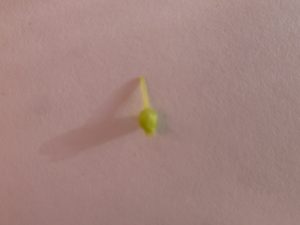
6. Stamens same number or corolla lobes. – 7 again 5 in each case
7. Stamens opposite corolla lobes – 8 almost impossible to tell really or at least for me
8. One style, leaves all in basel rosette. – Primulacea page 231
For superior/inferior ovary – I try to remember this; “An ovary that is below the attachment of the petals, sepals and stamens. “
The stamens opposite corolla lobes was really difficult, as it was I had to gently dissect the flower to see the stamens, ovary and style. I’m still interested how field botanists do this outside with wind and (I assume) without time, tweezers, a steady hand and a flat white sheet of paper on a desk… practise maybe.
I keep running through everything I find both known and unknown to gain a better understanding of how keys work. I may show this example again but from Stace (4th) in a later post.
